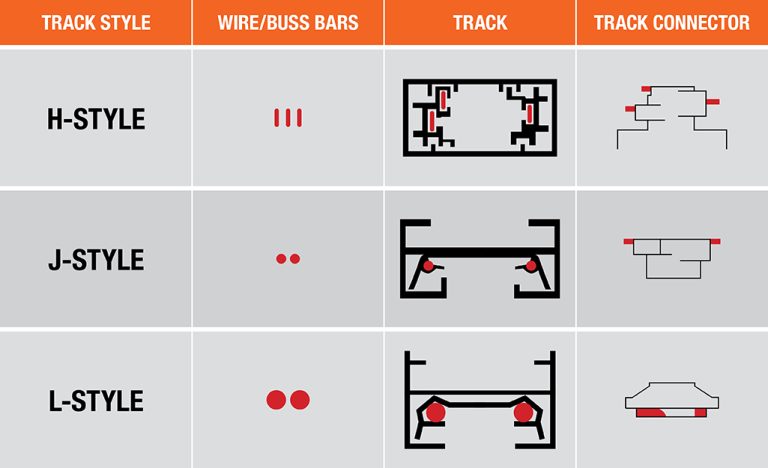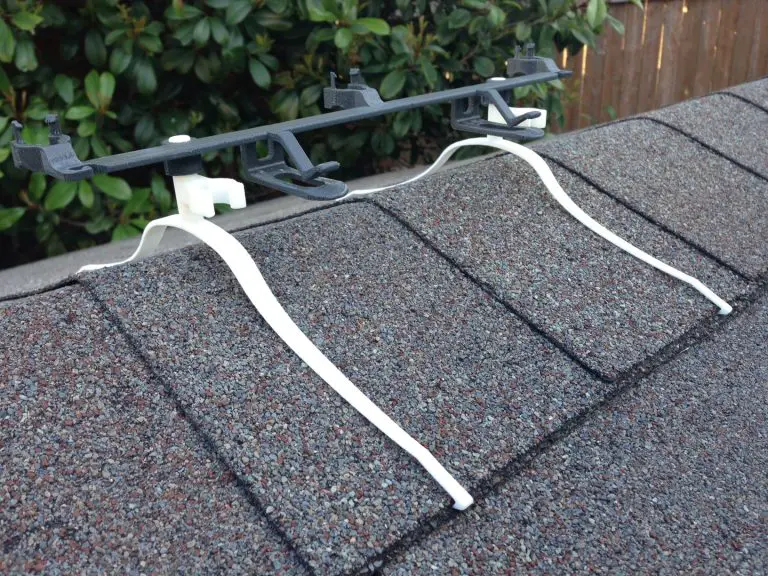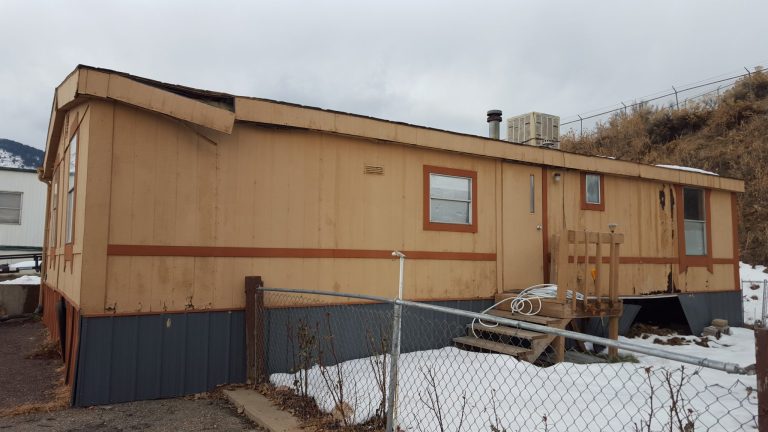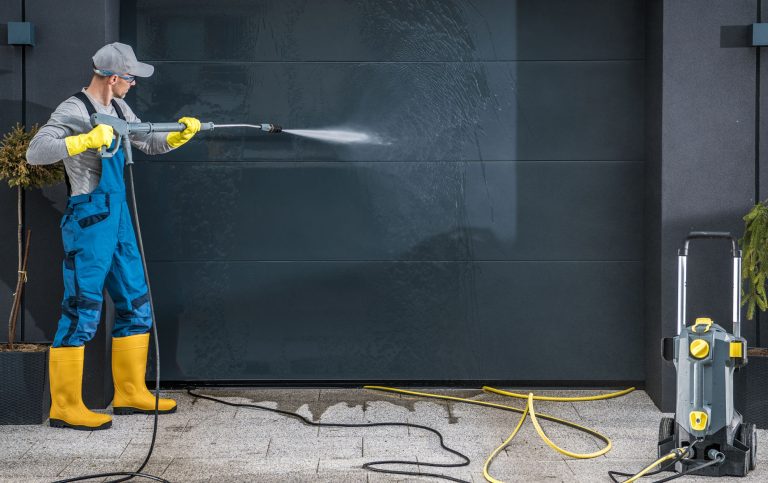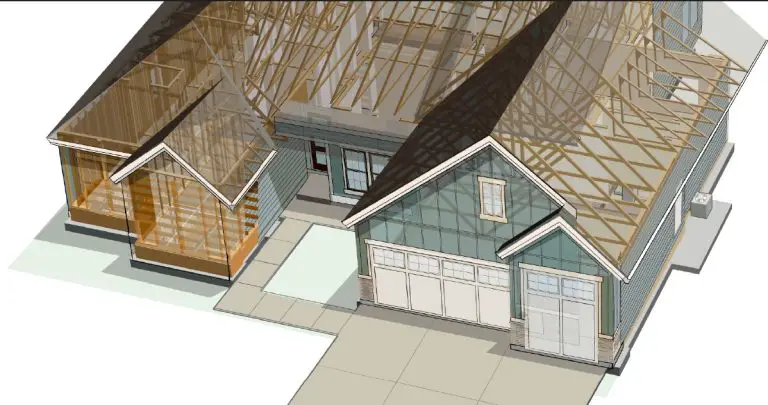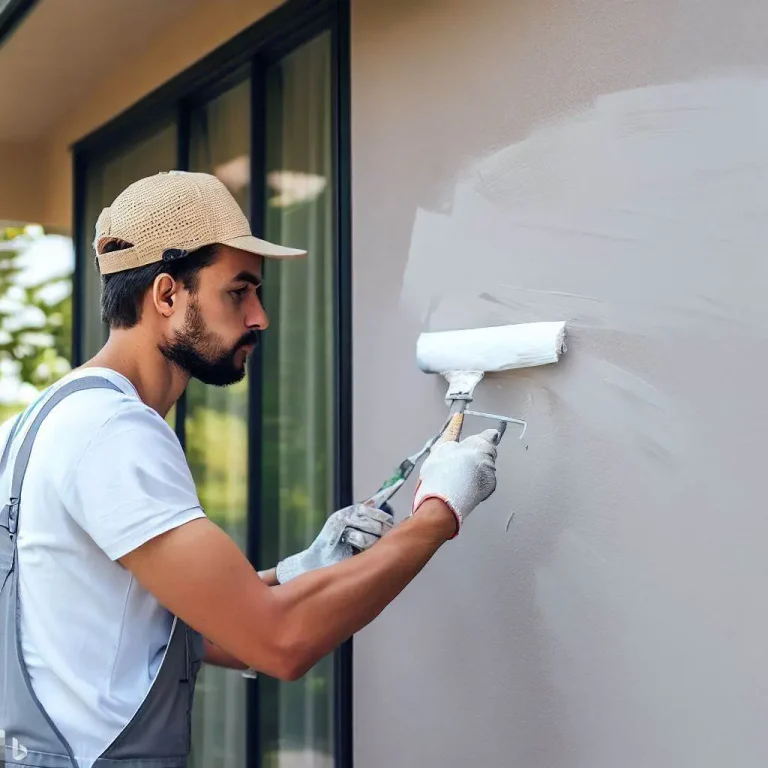Can I Install An Awning Myself?
Installing an awning can be a great way to add protection from the sun and rain to your outdoor space, but it can be a big project. If you are considering installing an awning yourself, you should weigh the pros and cons first. Installing an awning yourself can be a rewarding experience, but it can also be a challenging one that requires a great deal of time and effort. It is important to understand the steps involved in the installation process and to carefully consider whether or not you have the necessary skills and tools to complete the job. This article will provide an overview of the process, so you can decide if installing an awning yourself is the best option for you.
Overview of Awnings
Awnings are a great way to enhance the look of your home and provide protection from the elements. They come in a variety of materials, sizes, and colors and can be installed on decks, patios, and windows. But can you install an awning yourself?
The answer is yes, but it depends on the type of awning you’re installing. Permanent awnings require more complex installation and are best left to the professionals. However, there are a few types of awnings that you can install yourself. Retractable awnings, for example, are much easier to install and don’t require any specialized tools or skills.
When deciding on an awning, it’s important to consider the type of material you want. Canvas awnings are lightweight and come in a variety of colors, while metal awnings are more durable and provide greater protection from the elements. You’ll also want to consider the size and shape of the awning, as well as its ability to resist wind, snow, and rain.
Finally, you’ll need to consider the installation process. Some awnings require special mounting hardware, while others can be attached with basic tools. If you’re installing an awning yourself, be sure to read the instructions carefully and follow them exactly. It’s also a good idea to check with your local building codes to ensure that your awning meets all the requirements.
Installing an awning yourself can save you time and money, but it’s important to make sure you’re up to the task. If you’re not confident in your ability to install an awning, it’s best to contact a professional to do the job for you.
Types of Awnings
Awnings are an excellent way to add style and shade to your home. But before you purchase an awning, you should understand the available different types. Fixed awnings are attached to the wall and cannot be moved. Retractable awnings are mounted on tracks and can be opened and closed manually or with a motorized system. Freestanding awnings are not attached to the wall and can be moved to follow the sun. Awnings come in many styles, colors, and fabrics. Pop-up awnings are easy to install and can be put up in a few minutes. Finally, canopy awnings are large and offer maximum shade.
When you’ve chosen the type of awning that you want, you’ll need to decide whether you’ll install it yourself or hire a professional. While the installation of awnings is not rocket science, it does require some knowledge and experience. If you’re not confident in your abilities, it’s best to hire a professional to make sure the job is done right.
Benefits of Installing An Awning
Installing an awning provides numerous benefits to homeowners. Not only do awnings protect against the elements, but they also add an aesthetically pleasing look to your home. Awnings can be used to create extra space outdoors, reduce energy costs, and provide a place to relax and enjoy the outdoors. Installing an awning yourself can save money and time, as well as provide a sense of accomplishment. With the right tools and materials, you can easily install an awning yourself and reap the benefits of adding an extra layer of protection to your home.
Awnings can be used to protect your home from the sun’s damaging UV rays, as well as from rain and snow. Installing an awning can provide an extra layer of insulation against the elements, reducing your energy costs. This is especially beneficial in areas where temperatures can be extreme. Additionally, installing an awning can provide a safe and comfortable place for you and your family to gather and relax.
Installing an awning yourself can be a great way to save money on installation costs and to make sure that the job is done correctly. With the right tools and materials, you can easily install an awning yourself. Doing so can result in increased curb appeal, improved energy efficiency, and a place to enjoy the outdoors. Ultimately, installing an awning yourself is a great way to increase your home’s value and make it a more comfortable place to live.
Potential Challenges of DIY Awning Installation
Installing an awning can be an intimidating task. Not only do you need to select the right size, but you also need to know the best way to install it securely. For the DIYer, the challenge of awning installation can be even greater. Before committing to taking on the task, it’s important to understand the potential challenges of a successful DIY awning installation.
The most important challenge is ensuring that the awning is installed securely. You’ll need to make sure that the awning is positioned correctly, and that the mounting brackets are fastened to the wall or roof with the appropriate screws. If you’re installing a retractable awning, it’s essential that the mechanism is working correctly, and that the awning is correctly tensioned. If the awning is too loose, it can be easily damaged by the wind.
Another challenge is selecting the right mounting location. You’ll need to make sure that the awning isn’t in the way of any doors or windows, and that it’s installed at the optimal height and angle. It’s also important to make sure the mounting location is strong enough to support the weight of the awning.
Finally, many awnings require some assembly before they can be installed. Assembling the awning correctly and making sure all the parts fit together correctly can be a daunting task for the beginner DIYer.
For these reasons, it’s important to carefully consider the potential challenges of awning installation before attempting a DIY job. If you’re unsure about your abilities, it’s always best to contact a professional for help.
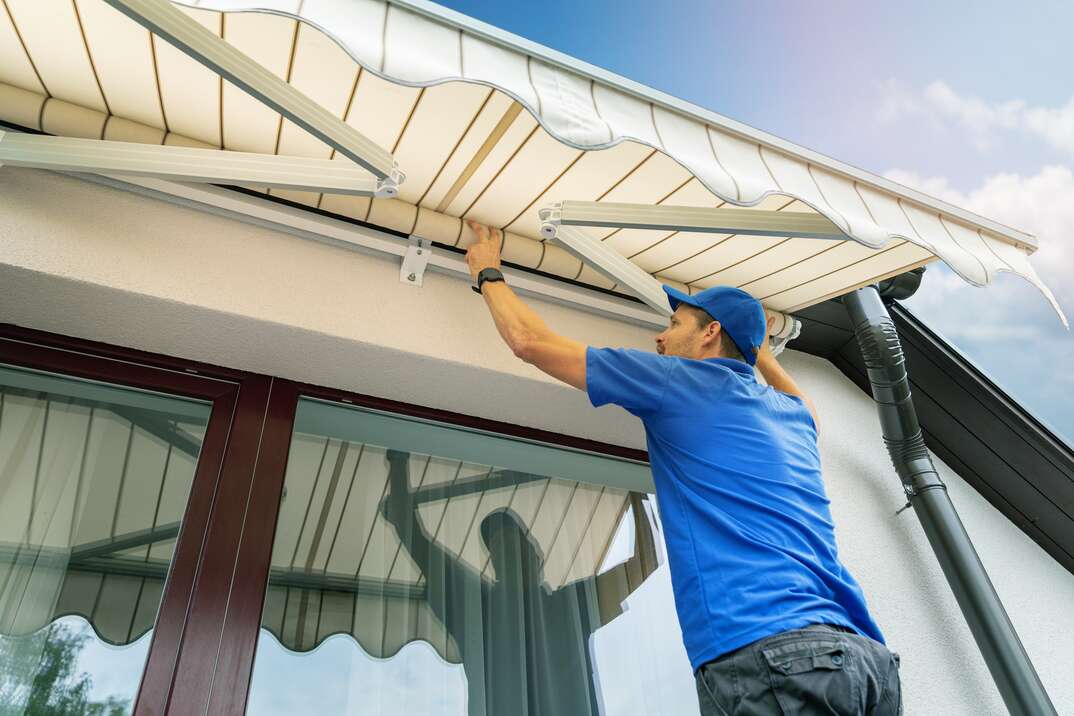
Preparing for DIY Awning Installation
Summertime is a great time for outdoor activities, and having an awning can make the experience even better. Installing an awning yourself can be a daunting task, but with a bit of preparation and the right tools, it can be a rewarding experience. Before you begin your DIY awning installation, there are a few things you should consider.
First, assess the area where you plan to install the awning. Make sure it is free of debris and other obstructions, and that the surface is level and able to support the awning. You will also need to consider wind load and make sure there are no nearby trees or buildings that could affect the stability of the awning.
Next, make sure you have all the necessary tools and materials for the job. You will need a drill, screws, screws, anchors, a level, and a ladder. You may also need a helper for some of the heavier components. Make sure you have all the materials you need before you start the installation.
Finally, make sure you read the installation instructions and follow them carefully. It’s important to take the time to understand all the steps involved in the installation. If you are unsure, contact the manufacturer or a professional installer for help.
By following these tips, you can prepare for a successful DIY awning installation. With the right preparation, you can enjoy the benefits of an awning with the satisfaction of a job well done.
Tools and Materials Required for DIY Awning Installation
Installing an awning can be a great way to add curb appeal to your home while also providing shade, privacy, and protection from the sun and other elements. If you’re looking to save money and take on the project yourself, there are a few things to consider. Knowing what tools and materials are necessary is an important first step for DIY awning installation.
The most basic tool you’ll need is a drill, preferably cordless. You’ll also need a variety of drill bits, including a Phillips head bit, as well as a hammer and nails. For attaching the awning to the wall, you’ll need screws, washers, and masonry anchors. You’ll also need a ladder for reaching higher spots and a measuring tape.
Aside from the tools, you’ll also need materials to build the awning. If you’re starting from scratch, you’ll need a frame, fabric, and a shade fabric. If you’re using a pre-made awning, you’ll need the fabric, mounting hardware, and other materials as specified by the manufacturer.
DIY awning installation isn’t a difficult project, but it does require some planning and preparation. Make sure you have the right tools and materials on hand before you start. With the right preparation, you’ll be able to install your awning in no time.
Step-by-Step Guide to Installing An Awning
Are you looking for a way to add an extra layer of protection and aesthetic appeal to your home? Installing an awning is an easy and affordable way to do so. But is it something that can be done yourself? The answer is yes if you have the right tools and the right know-how. This step-by-step guide will provide you with the necessary information to install an awning on your own.
First, make sure to plan your installation accordingly. Measure the area where the awning will be installed and choose an appropriate awning size and type that will fit the measurements and provide the necessary shade and protection. Once you have the perfect awning, it’s time to get to work.
Begin by preparing the area. Make sure that the surface is clean and free of any debris or hazards that may impede the installation process. You will also need to take into account the climate of the area and use appropriate anchors for the awning. After the area is prepped, it is time to mount the awning. Use the appropriate fasteners to attach the awning to the wall or roof.
Next, attach the fabric to the frame. Make sure that the fabric is taut and properly secured to the frame. Finally, double-check to make sure that everything is secure and that the awning is properly installed.
Installing an awning doesn’t have to be a difficult task. With the right tools and the correct knowledge, you can easily install an awning to enhance the exterior of your home.
Aftercare and Maintenance for Installed Awnings
The installation of an awning can be a great way to add a touch of style to your home, but the job isn’t finished once it’s been installed. To keep your awning in the best condition, regular maintenance is required. Aftercare and maintenance of your awning will ensure that it looks great and operates effectively for years to come.
The first step in aftercare and maintenance of an awning is to keep it clean. Awnings that are regularly exposed to outdoor elements like rain, snow, and other debris should be cleaned regularly. This can be done by using a soft brush and a mild detergent solution. Once the awning has been cleaned, it should be wiped down with a soft cloth to remove any dirt or debris.
Another important aspect of aftercare and maintenance of an awning is to check for any signs of wear and tear, such as loose or frayed fabric or metal components. In some cases, minor repairs may be needed to restore your awning to its original condition. If you are not confident in making the repairs yourself, it is best to contact a professional for assistance.
Finally, it is important to check the tension of the awning fabric. Over time, the fabric may become loose and start to sag. This can be corrected by adjusting the tensioning mechanisms. Regularly checking and adjusting the tension will help to ensure that the awning looks great and operates effectively.
In conclusion, aftercare and maintenance of an awning is essential to ensure that it lasts for years to come. Cleaning the awning regularly, checking for signs of wear and tear, and adjusting the tension are all key steps in maintaining an awning. With proper aftercare and maintenance, you can be sure that your awning will look great and operate effectively for many years.
FAQs About the Can I Install An Awning Myself?
1. What tools and materials do I need to install an awning myself?
Answer: You will need a drill, screwdriver, ladder, level, tape measure, chalk line, and appropriate fasteners for the type of surface you are mounting the awning. Depending on the type of awning you choose, you may also need additional materials like anchors, screws, and brackets.
2. How long does it take to install an awning?
Answer: The amount of time it takes to install an awning will vary depending on the size and type of awning you choose. Generally, it will take a few hours to install a small to medium-sized awning.
3. Are there any safety precautions I should take when installing an awning?
Answer: Yes, you should always take safety precautions when installing an awning. Be sure to wear safety glasses and gloves, and follow all the instructions provided with the awning. Additionally, it is a good idea to have at least one other person help you with the installation to ensure the awning is securely and safely installed.
Conclusion
Installing an awning yourself can be a great way to save money and keep your outdoor space looking great. Although it may take some time and effort, if you are an experienced DIYer, you can usually manage the job without any help. Make sure to consult with a professional to ensure that you have the right materials and tools to complete the job safely and correctly.


